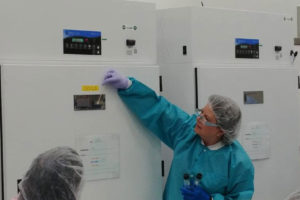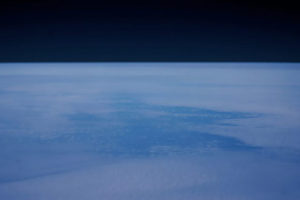

NASA desires to journey to the moon, and space scientists want their tools to tag along as well.
The particulars are still in fluidity, as researchers are reckoning what makes the utmost sense given the scientific and logistical restraints of the moon. Nonetheless, they are assertive that NASA’s present primacies at the moon offer advantages that would aid their targets. The organization’s primacies are personified through the Artemis program, which targets to take humans on the moon in twenty-twenty four in a maintainable, long-term approach that provides a future for science and survey.
Heidi Hummel [a planetary astronomer] cited that an excellent dispatch capability, spaceman, serviceability, and many other things were things that were taken genuinely into consideration.
A couple of telescopes have now operated on the moon. NASA’s Apollo sixteen operation in nineteen-seventy two conveyed an electromagnetic telescope that spaceman John Young used to photo nebulas, stars, and the universe’s ether. China Chang’ e-3 operation, which alighted on the moon in twenty-thirteen, also conveyed an electromagnetic telescope
Nevertheless, the moon is a wholly new area for telescopes, Heidi quoted, and the particulars of how space scientists might tap into the Artemis schedule remain to be established. One significant difference may be between telescopes on the moon and telescopes at the moon. That is because even earthly dust is a hindrance for mild astrophysics gear — and lunate dust is more annoying compared to its human equals.
That cited, it is not difficult to picture telescopes prospering on the lunate surface, Heidi quoted. She emphasized at a volcanic mountain at the core of Hawaii Island Maunakea. Nowadays, it is known for the dozen astrophysics facilities hovering on the summit of the mountain, whereby the atmosphere is currently monitoring the favorable conditions. Nonetheless, in the nineteen sixty’s, it was a major training area for Apollo-era spacemen exercising moonwalks as well as geology.
Heidi quoted that, Maunakea was an offering place for the lunate survey program. He further added that they gained knowledge on how to construct a telescope based on that setting and surroundings. Those pieces of training, she cited, may be valid for any tools that not be positioned on the surface of the lunate.
Also, space scientists have gained knowledge about dispatching telescopes into space since the time of the foremost lunate telescope. Ground and space-based telescopes similarly have enriched exponentially. Contemplate on the power of the Hubble Space Telescope that, as forthcoming lunate-orbiting telescopes could do, has depended on visitations from spacemen to refresh its gear as it is old.
Although a dispatch to the moon would need a tinier tool that space scientists on the Earth’s surface can employ, the recurrent visitations to the moon that are supposed to be the trademark of the Artemis program would propose that researchers could dispatch bigger telescopes compared to this present time.






Add Comment